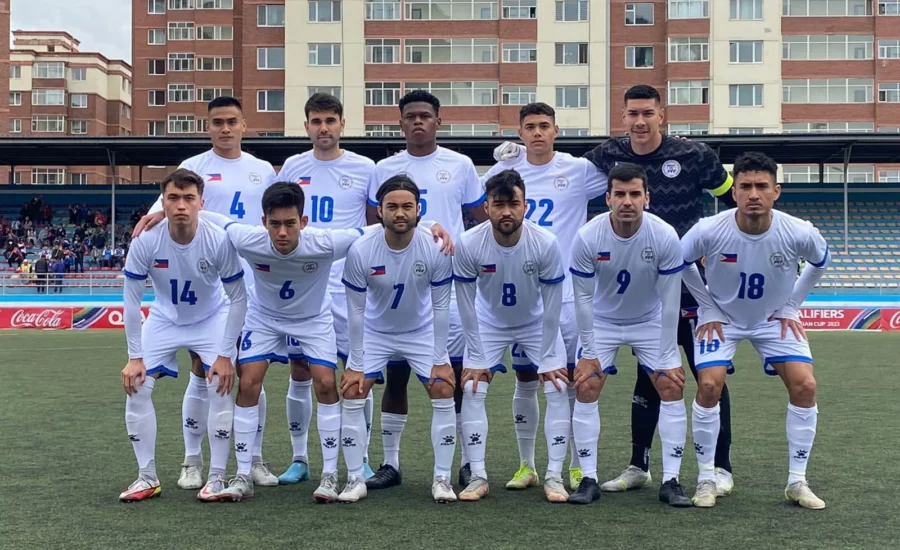Nestled amidst the vibrancy of Southeast Asia, the Philippines has long been a hotbed for sports enthusiasm, with basketball reigning supreme. However, a sport that has slowly but steadily been capturing Filipino hearts is soccer, known locally as football. From grassroots movements to the national stage, the rise of soccer in this archipelago is a narrative of passion, perseverance, and potential.
Historic Backdrop
While soccer’s roots in the Philippines date back to the late 1800s, its presence was often overshadowed by more dominant sports. Only in recent decades has there been a resurgence of interest, largely driven by local communities, schools, and international tournaments that have showcased the potential of Filipino athletes.
The Azkals Phenomenon
Central to the discussion of soccer in the Philippines is the national team, the Philippine Azkals. Their journey from relative obscurity to qualifying for major tournaments, like the AFC Asian Cup, has been nothing short of inspirational. Players like Phil and James Younghusband, Neil Etheridge, and Stephan Schröck have become household names, igniting soccer passion across the country. The team’s international successes have set the precedent for what soccer in the Philippines can aspire to achieve.
Grassroots to Glory
Local initiatives have been vital in promoting soccer at a grassroots level. Organizations like the Youth Football League and various soccer academies have sprouted across provinces, focusing on nurturing young talents. Schools and universities have integrated soccer into their sports programs, holding inter-school tournaments that have become breeding grounds for future stars.
Challenges on the Pitch
The journey, however, is not without its challenges. Infrastructure development remains a pressing issue, with a lack of international standard soccer fields and training facilities. Moreover, securing consistent sponsorships and media coverage, especially with the overwhelming presence of basketball, is a hurdle that the soccer community constantly grapples with.
Recent Developments and the Road Ahead
With the growing recognition of soccer’s potential, there have been concerted efforts to tackle these challenges:
- Infrastructure Investment: Public and private sectors are increasingly investing in building soccer stadiums and training centers. The Philippines Football Federation (PFF) National Training Center in Carmona is a testament to such advancements.
- League Evolution: The Philippines Football League (PFL) has been instrumental in elevating the standard of club football in the country, offering a platform for domestic players to showcase their skills and gain professional experience.
- Grassroots Programs: More community-based initiatives are underway to introduce kids to soccer at a young age, ensuring a steady stream of talent for the future.
- International Collaborations: Partnerships with soccer bodies from countries with established soccer cultures, like Spain or Germany, are being explored to facilitate knowledge exchange, training camps, and friendly matches.
Conclusion: A Future Afoot
Soccer in the Philippines stands at an exciting crossroad. The synergy of past achievements, current endeavors, and future aspirations paints a hopeful picture. As the nation continues to embrace the sport, it’s not just about producing world-class athletes but also cultivating a culture of teamwork, discipline, and relentless pursuit of dreams.
In the echoing cheers of fans in stadiums or the spirited kicks of children in rural fields, there’s a unison of hope – for soccer to not just be a sport in the Philippines, but a reflection of its resilient and passionate spirit. The ball is now in the court of stakeholders, enthusiasts, and players to ensure that soccer’s journey in the Philippines is not just about chasing the ball but also chasing a brighter, promising future.



